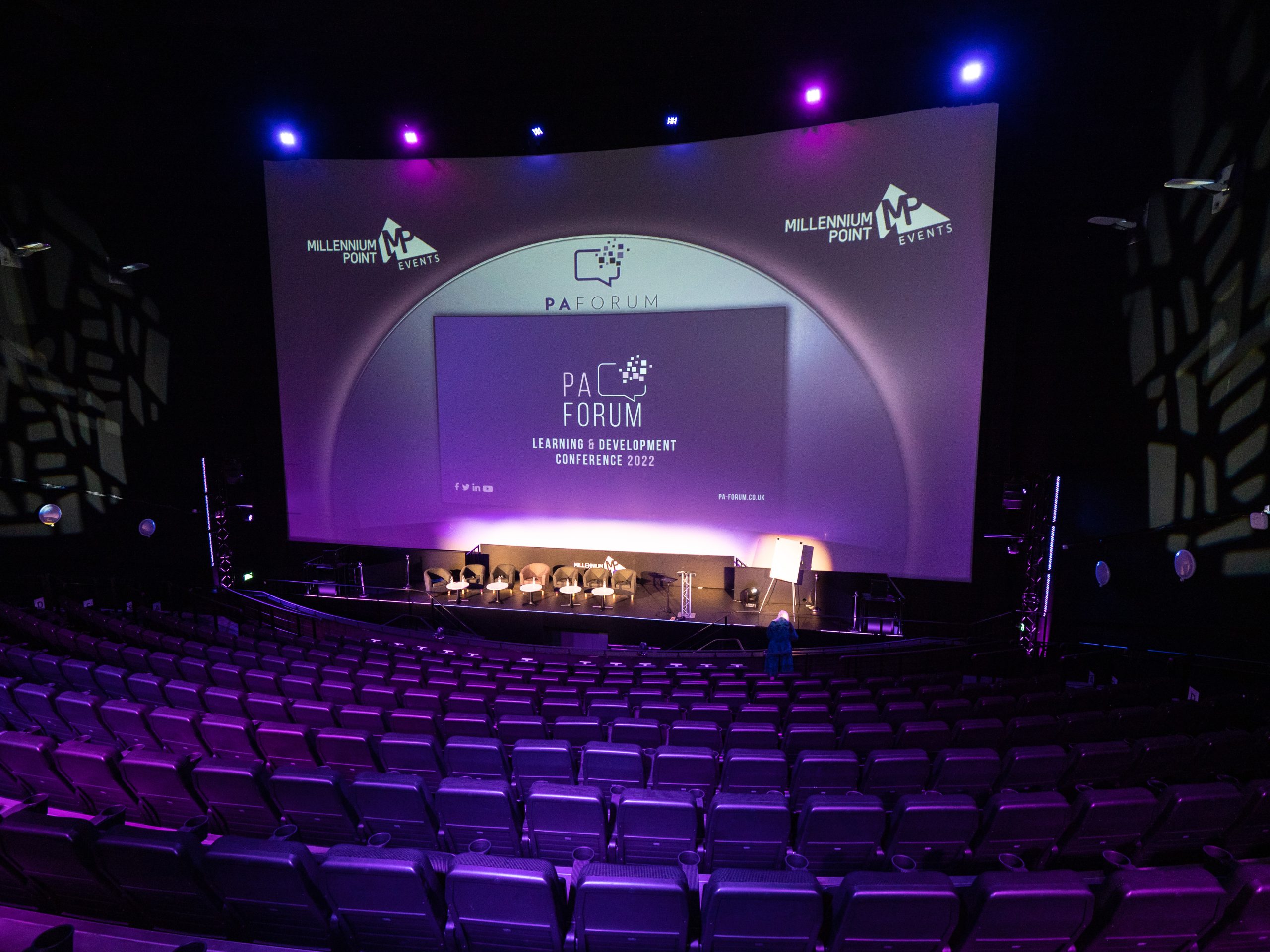World’s oldest railway roundhouse unearthed opposite Millennium Point
What is thought to be the world’s oldest railway roundhouse has been unearthed by HS2 Ltd at the construction site of its Birmingham Curzon Street station, opposite Millennium Point.
What was found?
The discovery was made during archaeological investigations ahead of the construction of the station as part of HS2’s initial programme of trial trenching at Curzon Street. What was revealed was the remains of the station’s roundhouse, exposed toward the south-eastern corner of the site.
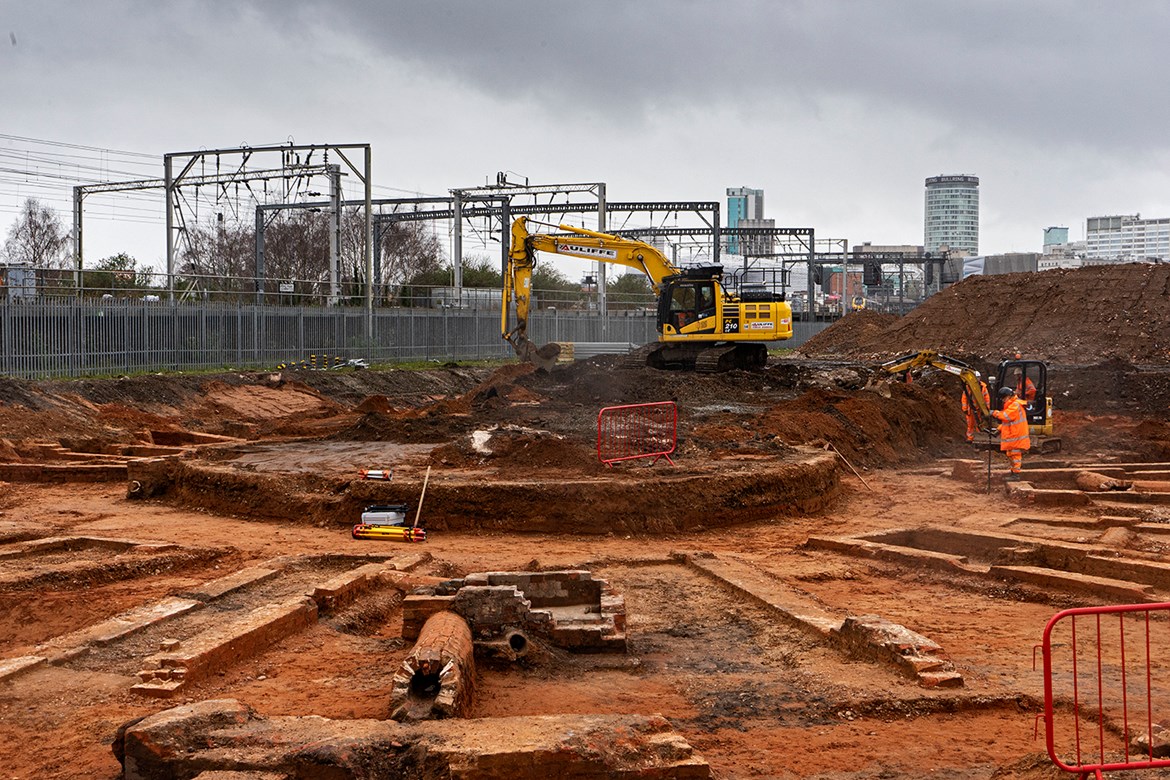
The surviving remains include evidence of the base of the central turntable, the exterior wall and the 3ft deep radial inspection pits which surrounded the turntable.
Further details on what was unearthed can be found here.
What’s a roundhouse?
The roundhouse, and specifically the turntable, was used to turn around the engines so locomotives could return down the line. Engines were also stored and serviced in these facilities. The railway’s 1847 roundhouse at the southern end of the line is now better known as the world-renowned Roundhouse music venue in London’s Camden.
A little history…
Built to a design by the 19th-century engineer Robert Stephenson, operational on 12 November 1837 –It was situated adjacent to the old Curzon Street station, which was the first railway terminus serving the centre of Birmingham and built during a period of great significance and growth for the city.
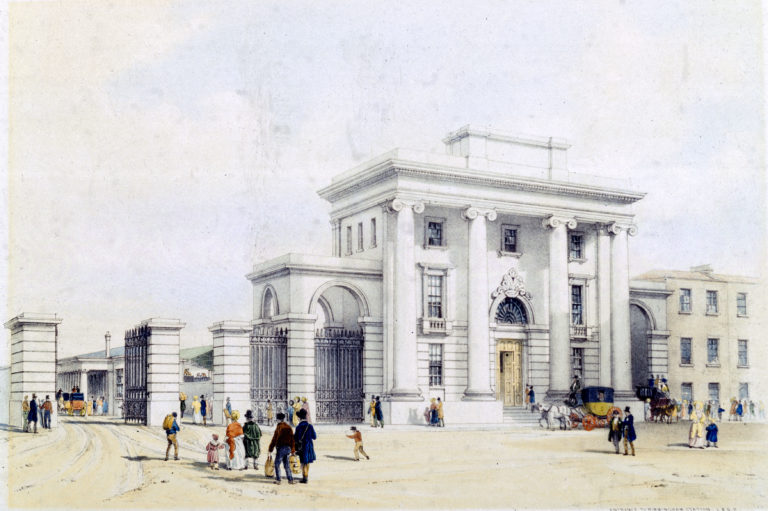
The 19th-century station at Curzon Street is among the very earliest examples of mainline railway termini. Initially providing passenger services, Curzon Street originally consisted of two station termini, servicing the London and Birmingham Railway (L&BR) and the Grand Junction Railway (GJR); before being converted to a single goods station (following the opening of Birmingham New Street Station in 1854), and which operated until the 1960s.
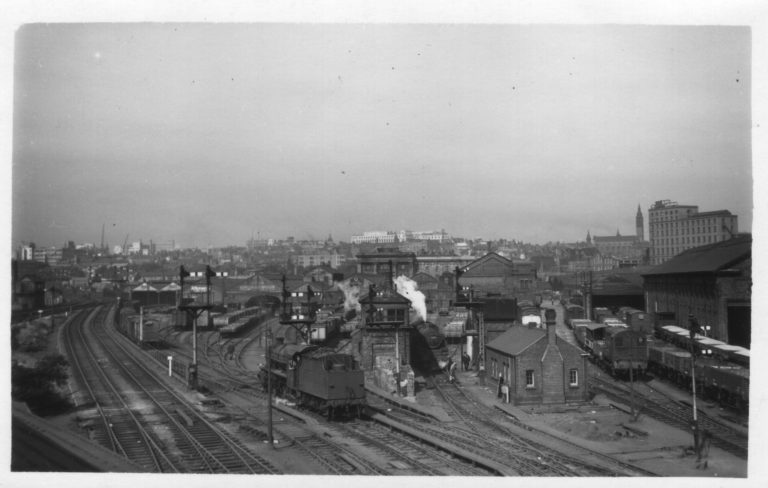
Beginning at Curzon Street Station, Birmingham, and finishing at Euston Station in London, the 112-mile long L&BR took 20,000 men nearly five years to build. It has been estimated that to build the railway, construction workers shifted more material than the ancient Egyptians did when they constructed the pyramids.
The L&BR terminus opened to passengers in 1838 and was fronted by the grand ‘Principal Building’ which survives in situ (as do elements of the GJR neo-classical screen wall). This Grade I listed building represents the world’s oldest surviving piece of monumental railway architecture. Various structures were demolished from 1860 to 1870 to allow for the expansion of the goods station, including the engine roundhouse.
What happens next?
The archaeology undertaken ahead of the construction of the new Curzon Street station will record the historical significance for the site and determine whether the remains can be preserved in situ.
Archaeological excavations are due to take place on the site between mid-February and mid-March, uncovering the roundhouse and other historic railway structures for the first time, including the remains of the Grand Junction Railway terminus.
Jon Millward, Historic Environment Advisor, HS2 Ltd, said: “HS2 is offering us the opportunity to unearth 1,000’s of years of British history along the route and learn about our past.”
“The discovery of what could be the world’s oldest railway roundhouse on the site of the new HS2 station in Birmingham City Centre is extraordinary and fitting as we build the next generation of Britain’s railways.”
HS2 will see the site become home to a new intercity terminus station, located directly opposite our landmark public building and conference venue – which too was the catalyst for regeneration in Eastside back in late 1998 – and will be the first built in Britain since the 19th century.
Birmingham Curzon Street station will be at the heart of the country’s new high-speed railway network, providing seven platforms, a new public space, and be integrated with an extended tram network.
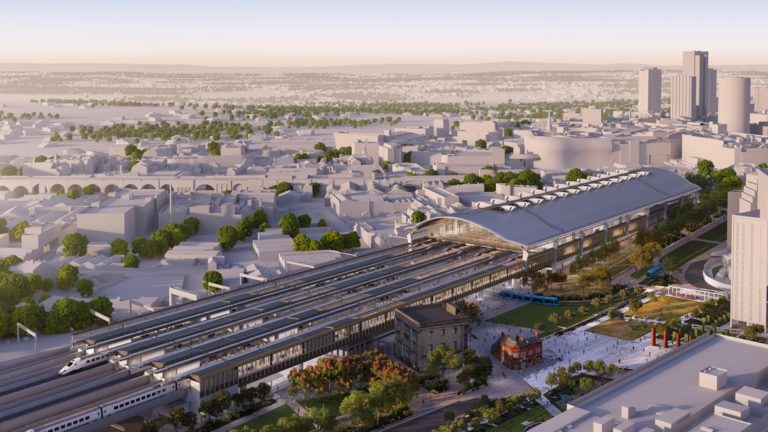
For regular updates on project please visit the HS2 website here.
Millennium Point is a landmark public building and multi-award-winning events venue in the Eastside of Birmingham City centre. Profits from our commercial activity are invested by the Millennium Point Charitable Trust into projects, events and initiatives which support the growth of science, technology, engineering and maths (STEM) and education in the West Midlands.


